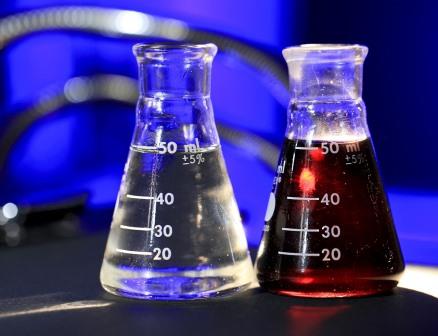VOLUMETRIC ANALYSIS
Volumetric Analysis Volumetric analysis involves acid base titration. Mole Ratio Mole ratio is the ratio of the reacting species. This determines the ratio of the acid that would react with the base. Examples are H2SO4 + 2NaOH Na2SO4 + 2H2O CaVa = ½ CbVb 2HCl + Na2CO3 2NaCl +H2O + CO2 CaVa = […]
VOLUMETRIC ANALYSIS Read More »
